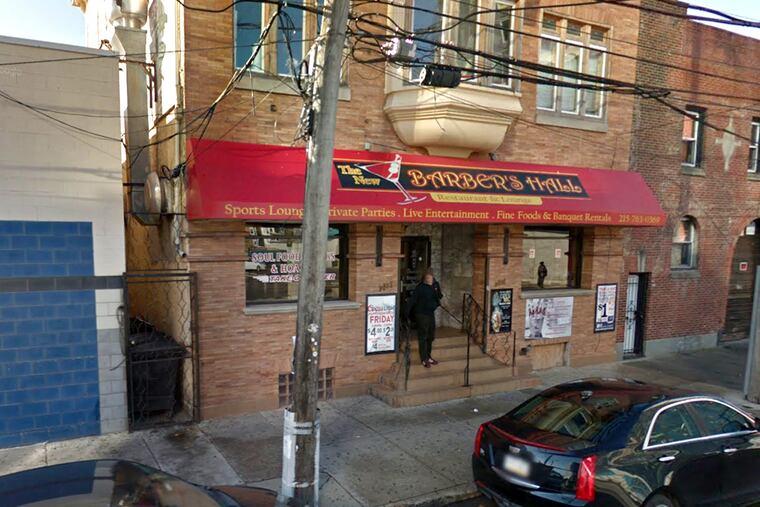5 Philly jazz sites besides the Coltrane House that need historical preservation | Opinion
The famed John Coltrane House in Strawberry Mansion was placed on Preservation Pennsylvania’s 2020 roster of “at risk” sites — and it’s not the only piece of Philly’s jazz history that is in danger of disappearing.

Earlier this year, the John Coltrane House in Strawberry Mansion was placed on Preservation Pennsylvania’s 2020 roster of “at risk” sites — and it’s not the only piece of Philly’s jazz history that is in danger of disappearing.
Ensuring the ongoing citywide memory of these significant locations is an important part of maintaining Philadelphia’s unique history. The needs differ for each property. Preservation efforts could include a nomination to the Philadelphia Register of Historic Places, which, if approved, protects it from demolition and insensitive alterations, or a nomination for a state historical marker (those sidewalk-mounted, blue-and-yellow metal signposts you see all over town), which help tell the story of the significance of a particular site.
Here are five places preservation advocates are watching right now.
Barber’s Hall
1402 W. Oxford St., North Philadelphia
Significance: Purchased in 1953 by a group of African American barbershop owners, this building became the National Barber’s Sunshine Club headquarters. Jazz musicians would stay at the Chesterfield Hotel next door and drop by to play at the club between gigs. This quickly became a popular spot to see legendary performers such as Grover Washington Jr., the Temptations, and Coltrane. After a fire, the building was reconfigured into a restaurant/bar/lounge. Purchased by Jacob Adams in 1978, it has been renamed New Barber Hall, and is a popular spot for locals and college students.
Threats: Redevelopment and gentrification pressures from Temple University.
Recommendation: Apply for local register.
Downbeat Club
23 S. 11th St., Center City
Significance: The Downbeat Club was a popular hangout and jam session venue for leading national jazz musicians in the 1940s, such as Dizzy Gillespie and Charlie Parker. It was also known for welcoming an interracial clientele, which led to the bar’s becoming the target for multiple police raids. It is on the second level of a four-story former house.
Threats: Loss of memory, property neglect, insensitive alterations.
Recommendation: Apply for state historic marker.
Heath family residence
1927 Federal St., South Philadelphia
Significance: This was the childhood home of the Heath Brothers, an American jazz group that formed in 1975 in Philadelphia. Prior to the group’s formation, their parents, both Philly jazz aficionados, hosted jam sessions in their residence in South Philadelphia that would attract artists such as Gillespie and Coltrane. The group would go on to win a Grammy for the album Little Man, Big Band.
Threats: Unprotected from development in the surrounding neighborhood.
Recommendation: Apply for local register.
Music City
1033 Chestnut St., Center City
Significance: Music City was an informal performance space above a popular record store where jazz greats including Stan Getz would play for fans during the mid-1950s. The building has been locally designated, but there is no historic register plaque.
Threats: Loss of memory.
Recommendation: Apply for state historic register marker.
Sun Ra Arkestra house
5626 Morton St., Germantown
Significance: This was the home base of operations for Sun Ra (1914-93), a musician, composer, and bandleader known for his musical experimentation. The location is a living museum that is full of memorabilia with the purpose of keeping Sun Ra’s legacy going.
Threats: Development pressure from the surrounding neighborhood and loss of memory.
Recommendation: Apply for the local register.
Paul Steinke is executive director of the Preservation Alliance. He compiled this list with input from jazz history experts Faye Anderson and Jack McCarthy.